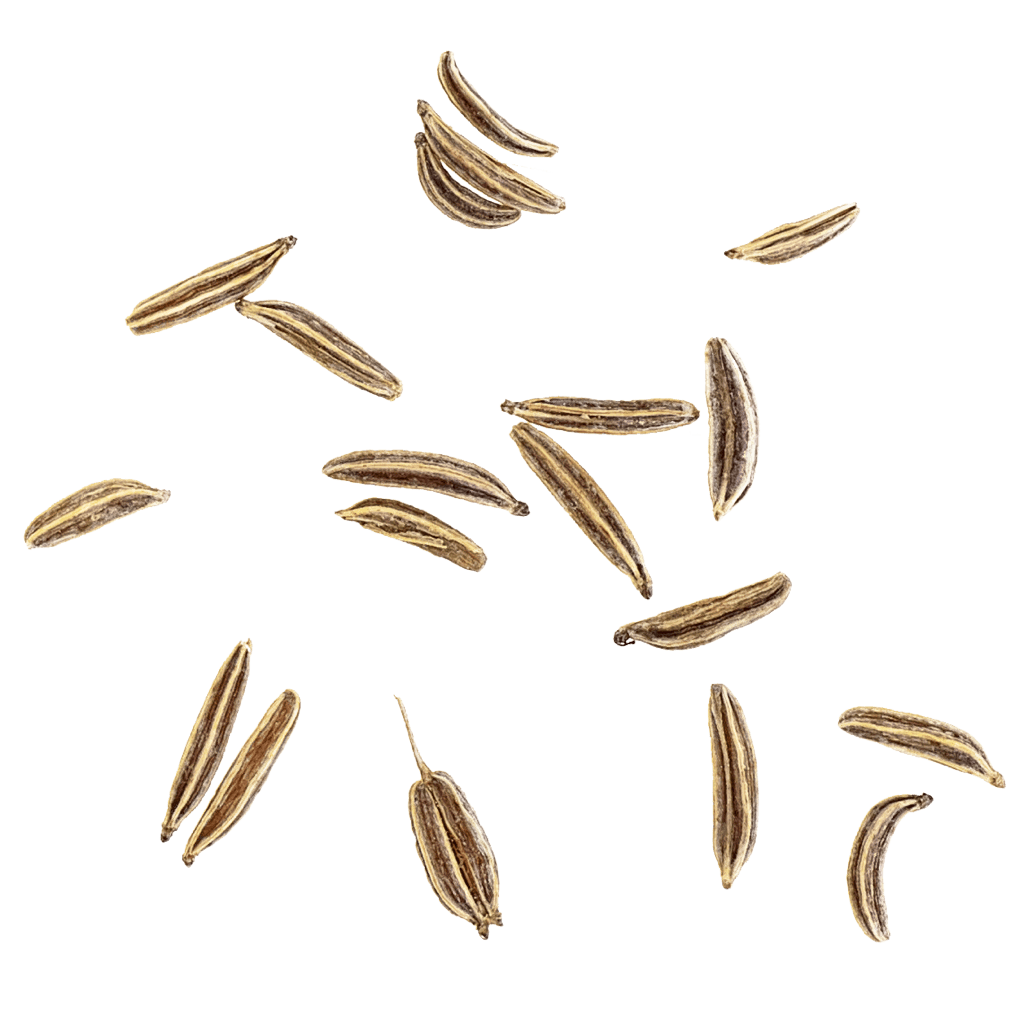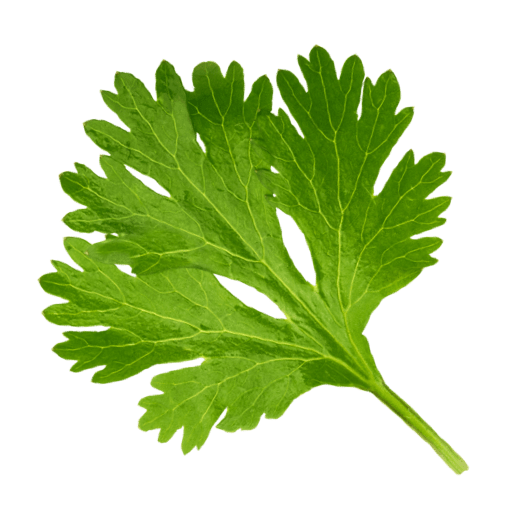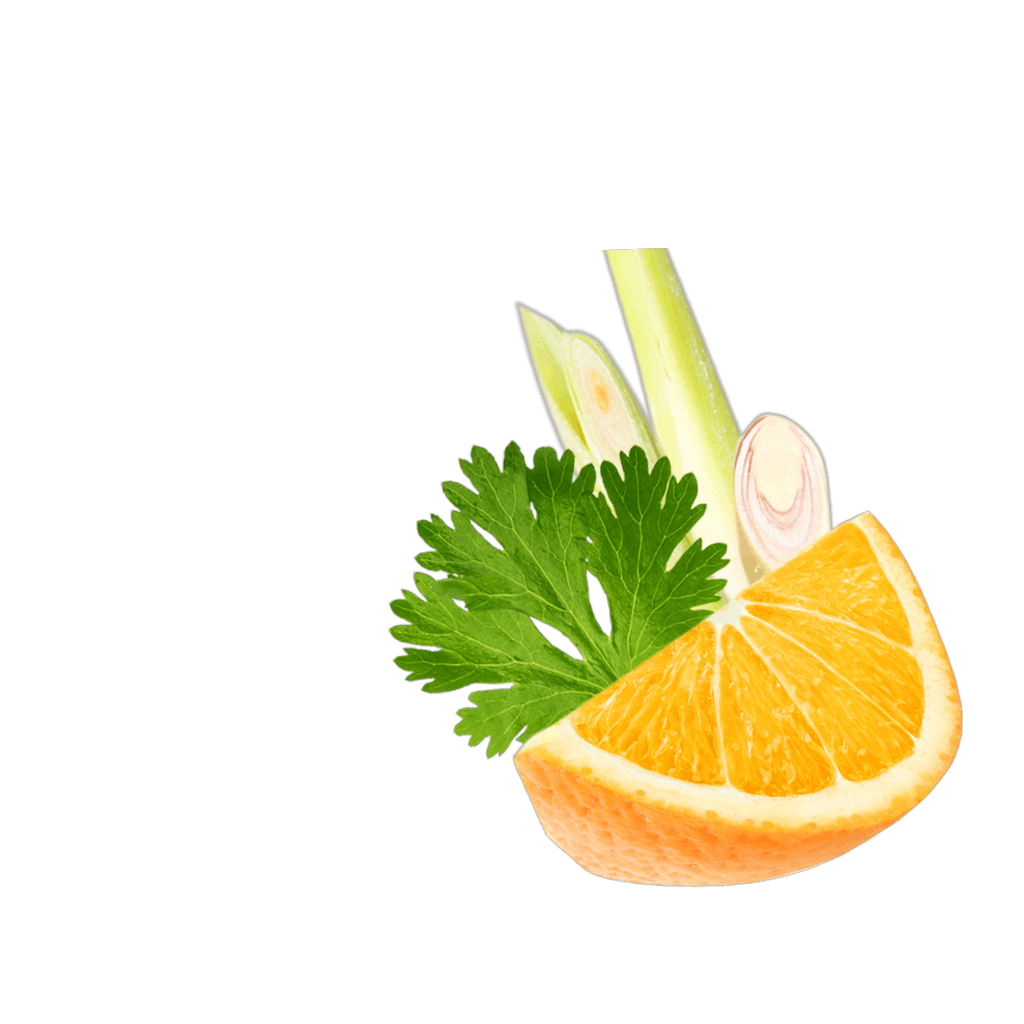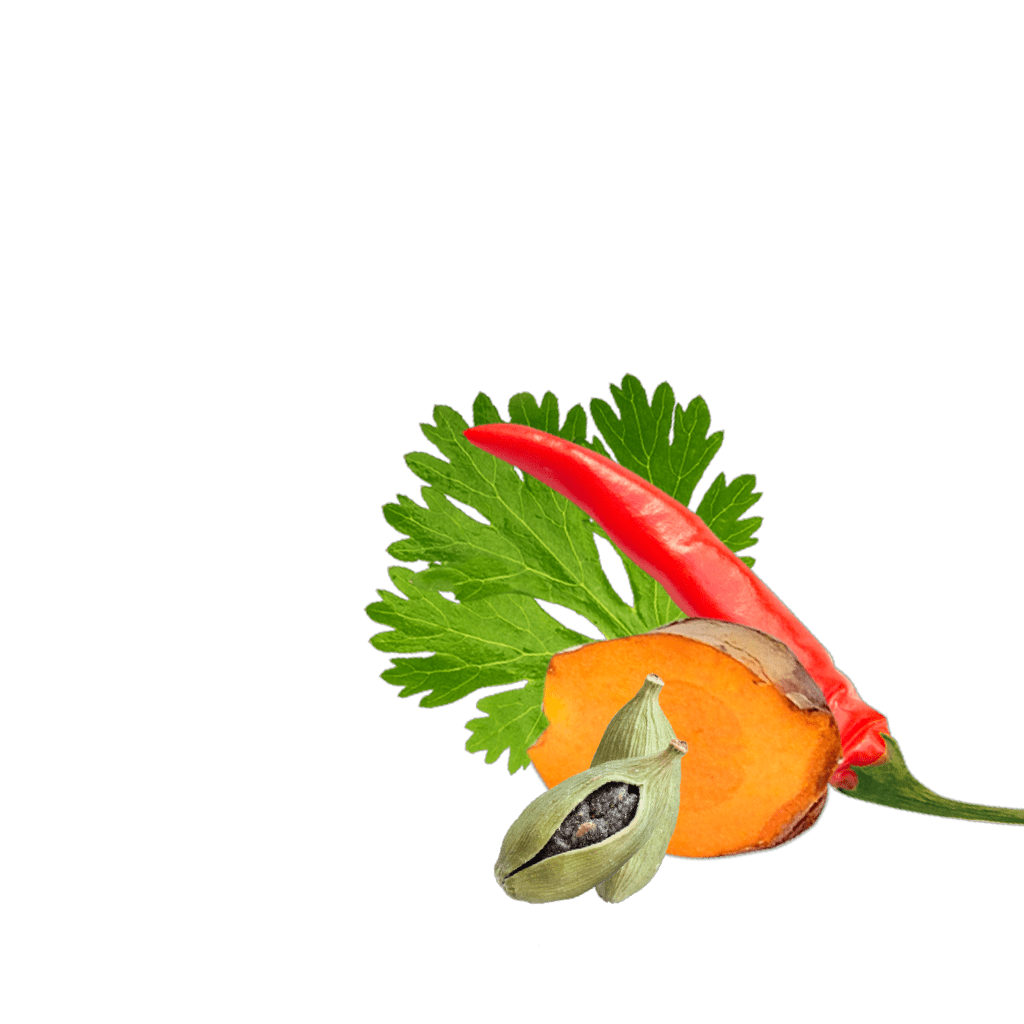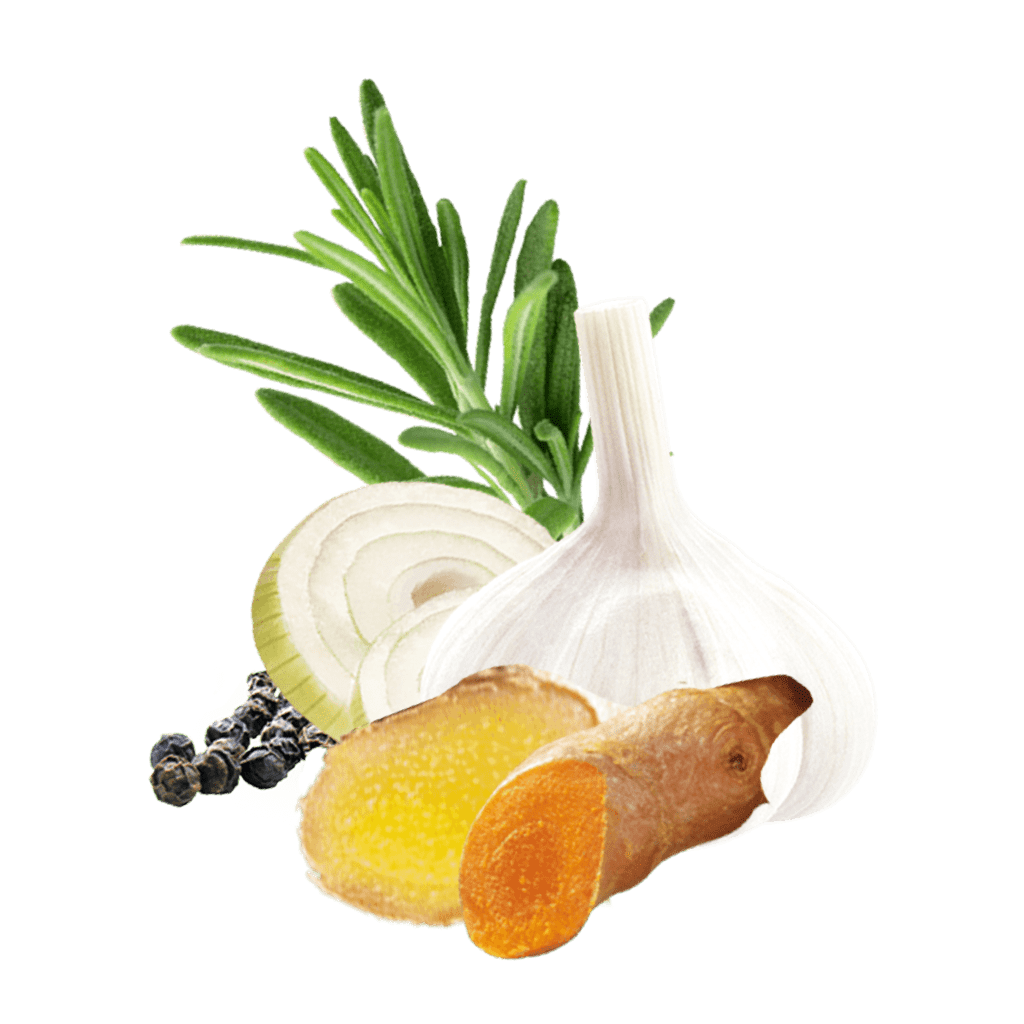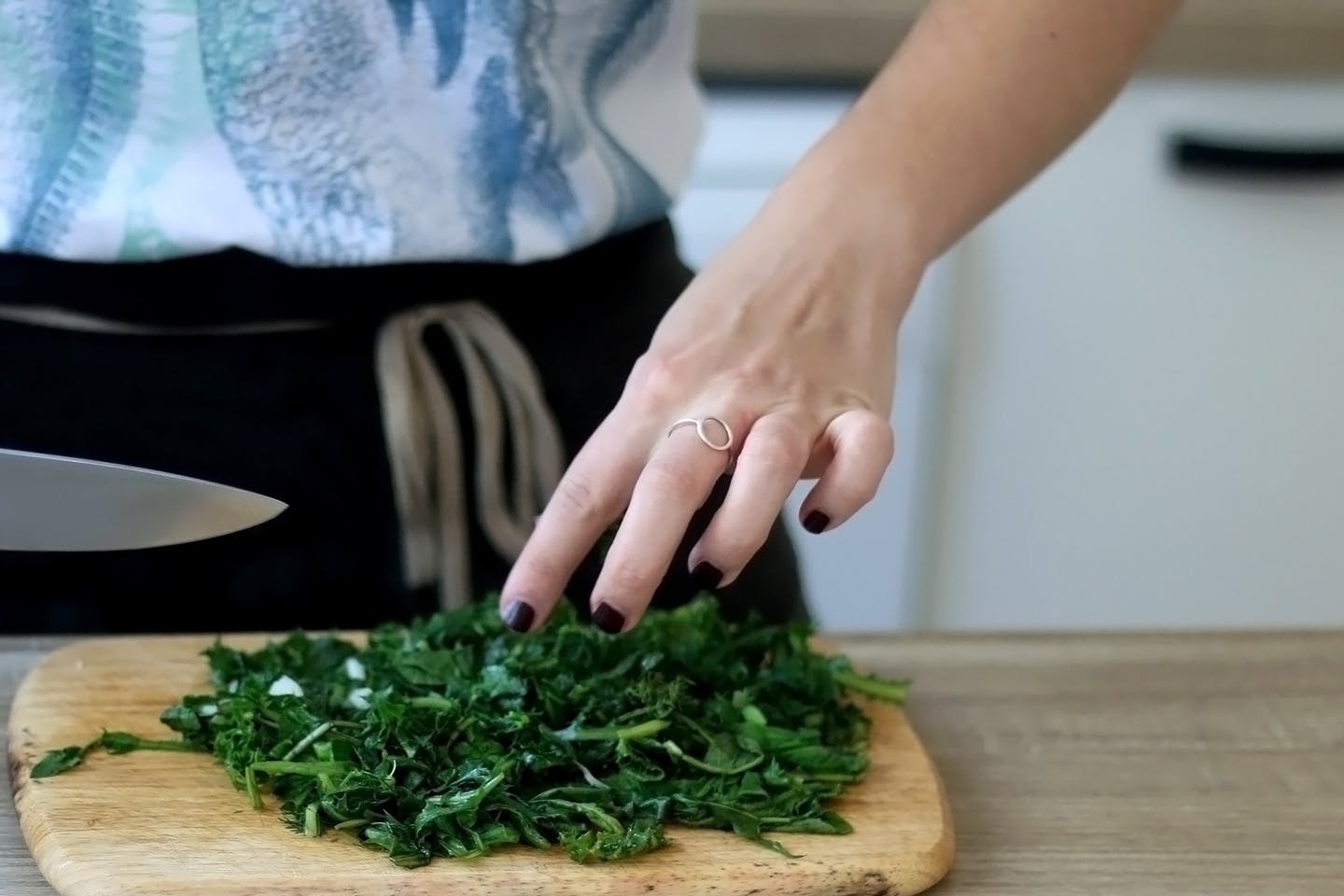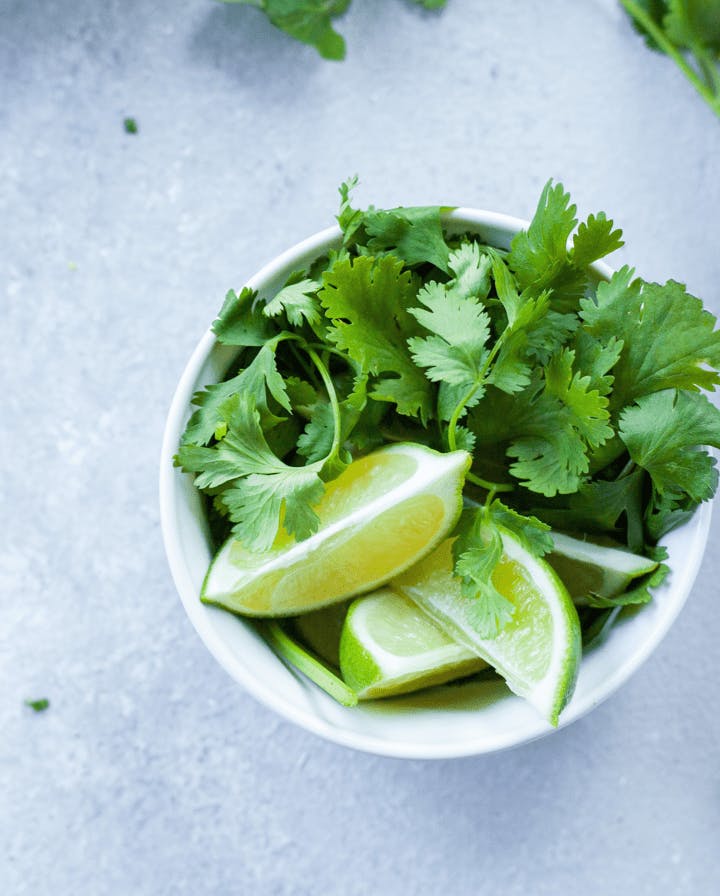Coriander
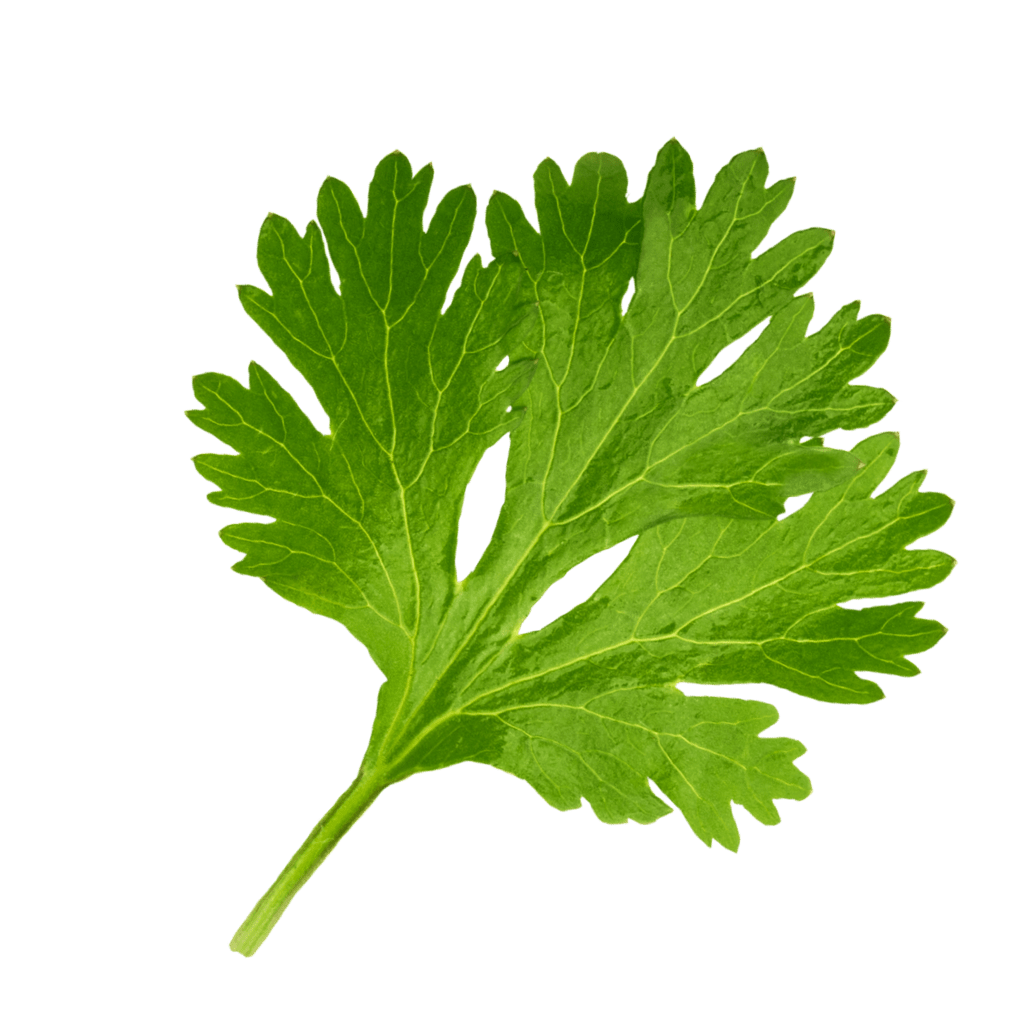

The seeds and leaves of the coriander plant have different flavors, ranging from nutty to lemony. The plant originates from the Mediterranean.

Coriander as a Spice
The coriander plant produces two different spices with different flavors. The leaves on the plant, known as cilantro, have a citrussy, fresh, slightly musky flavor that is not loved by everyone. However, it is only in Northern Europe and the USA that cilantro is not universally accepted — the leaves are hugely popular across Asia. In contrast to the leaves, the seeds of the coriander plant have a savory, nutty flavor and are much-loved around the world. Coriander does not come from Asia, as is often falsely assumed — it’s actually from the Mediterranean region.
Products Containing Coriander
Usage
Coriander seeds are rarely used by themselves because they combine so well with most other spices. They produce a particularly rounded flavor when used with cumin, as is often the case in curry seasoning blends. The seeds are also used in baked goods, sauces and sausages, as well as in meat, vegetable and lentil dishes. Unlike the seeds, the fresh cilantro leaves are usually added shortly before serving. They lose their flavor when cooked for too long, and they also quickly become unattractive when heated. Cilantro leaves are particularly popular in Asian and Central American dishes.
Tip!
Coriander seeds are particularly flavorsome when briefly toasted without oil before use. Tilt the pan frequently to prevent the seeds from burning.
Related recipes
Currently Viewing: 1 of 0
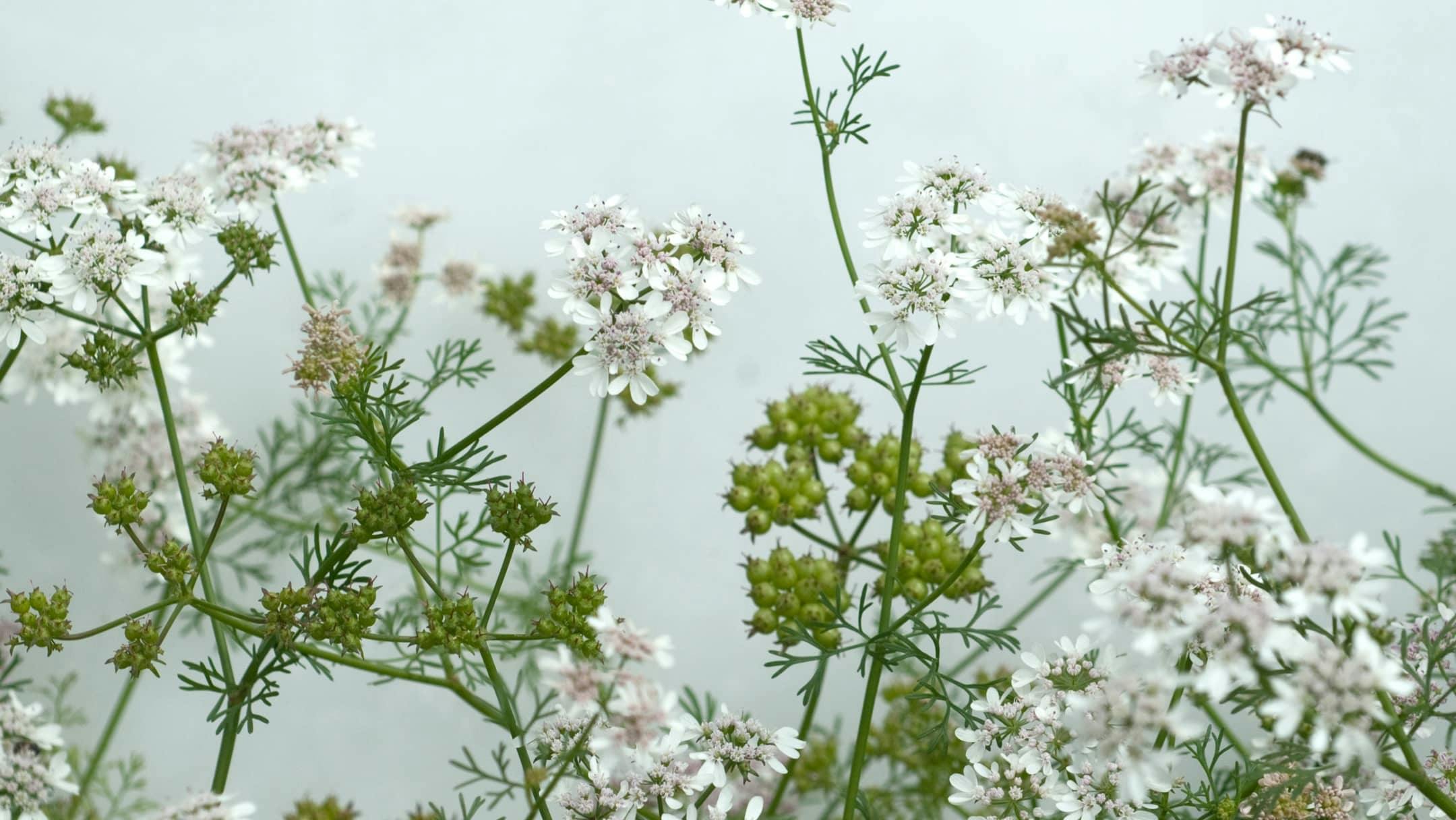

The Plant
Cilantro leaves look similar to parsley. The plant grows to up to half a meter tall and its flowers are white to pale pink in color. As a member of the parsley family, coriander is related to fennel, anise, cumin and parsley. Coriander spread from Europe to India via the former spice route, and the conquistadors later brought it to Central America. There are two types of coriander: European and oriental. European coriander has smaller, darker seeds with a much more aromatic and slightly spicy flavor — ideal for baking. Oriental coriander is beige-colored and has a mild, fruity flavor. It is used primarily in curries, stews and casseroles.
Factbox
- Scientific Name
- Coriandrum sativum
- Family
- Parsley family (Apiaceae)
- Other Names
- Arabian/Chinese/Indian parsley, cilantro, dizzycorn
- Origin
- Eastern Mediterranean region
Discover more
Cumin
